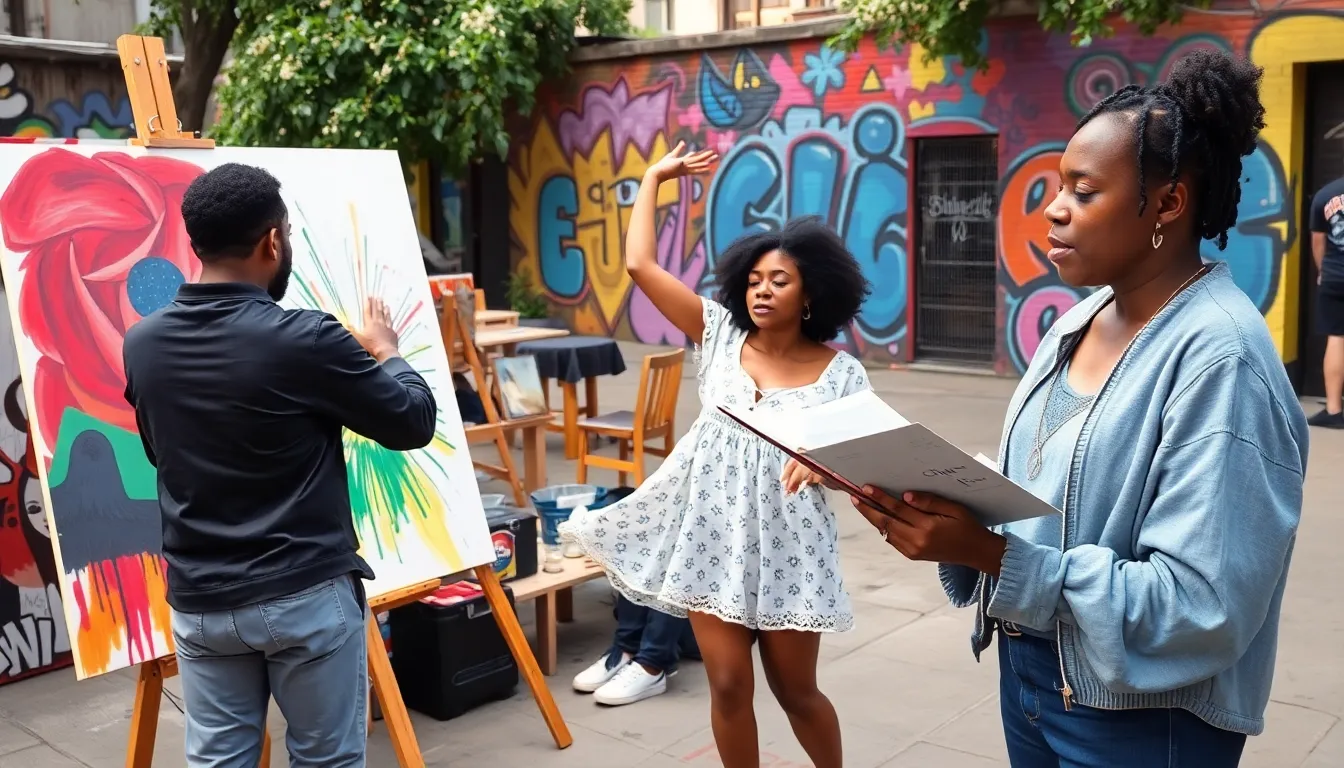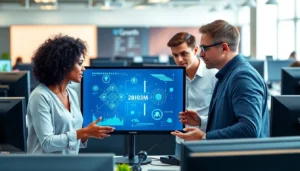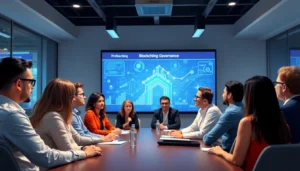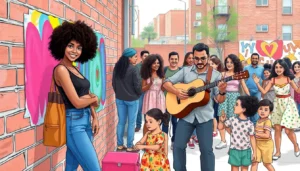Table of Contents
ToggleArtistic expression isn’t just about splashing paint on a canvas or belting out a tune in the shower. It’s a vibrant language that transcends words, allowing individuals to communicate their innermost thoughts and feelings. Whether it’s through dance, music, or visual arts, creativity offers a unique outlet for self-discovery and connection.
Understanding Artistic Expression
Artistic expression embodies a profound means of communication that transcends traditional language. This form of creativity encompasses various disciplines, allowing individuals to express their emotions and thoughts in unique ways.
Definition and Importance
Artistic expression refers to the diverse methods individuals use to convey feelings and experiences. It includes mediums like painting, music, dance, and writing. Expressing oneself artistically fosters emotional well-being and personal growth. Engaging with creativity promotes self-discovery, enabling individuals to explore their identities while connecting with others. Art creates empathy, facilitating understanding across different cultures and perspectives. This connection illustrates the fundamental human experience, proving how impactful artistic endeavors can be.
Historical Context
Artistic expression has roots stretching back to ancient civilizations. Prehistoric cave paintings highlight early forms of communication and storytelling. Throughout history, various art movements reflect societal changes, from the Renaissance’s focus on humanism to the modernism of the 20th century. These movements shaped how people interpreted their world, enabling new ways of thinking. Artists have influenced cultural evolution by challenging norms and pursuing innovative ideas. Historical context underlines how artistic expression remains a vital aspect of human culture and communication.
Forms of Artistic Expression

Artistic expression encompasses various forms that communicate emotions and experiences. Each form serves as a unique pathway for individuals to express their inner selves.
Visual Arts
Visual arts include painting, sculpture, photography, and more. These mediums allow artists to use color, shape, and texture to evoke feelings. Artists often convey messages through their visual creations, prompting viewers to reflect on personal and societal themes. For instance, contemporary artists employ mixed media to challenge traditional concepts, merging various techniques to enhance storytelling. The accessibility of visual art forms, including public installations, increases engagement within communities.
Performing Arts
Performing arts feature disciplines like dance, theater, and music. These forms combine movement, speech, and sound to express narratives and emotions. Dancers interpret stories through choreography, while actors bring characters to life on stage. Musicians use melodies and rhythms to create emotional landscapes, often resonating deeply with audiences. Festivals and performances foster community connections, enabling shared experiences that enhance appreciation for the arts.
Literary Arts
Literary arts consist of poetry, prose, and drama. Writing allows individuals to craft narratives that explore complex themes and emotions. Through stories, authors build worlds that reflect personal and cultural experiences. Poetry often employs imagery and rhythm to evoke powerful feelings in concise formats. Literature workshops and book clubs promote dialogue and understanding, encouraging individuals to connect through shared storytelling.
Impact of Artistic Expression
Artistic expression holds significant influence on various aspects of human life. This impact manifests in cultural significance and emotional connection.
Cultural Significance
Artistic expression shapes cultures and reflects societal values. Various art forms capture the essence of a period, conveying collective experiences through visuals, sounds, and movement. Artwork often becomes a means of preserving history, documenting struggles and triumphs across generations. Traditions rooted in art unite communities, fostering shared identity. Events such as festivals and exhibitions serve as platforms for cultural exchange, enhancing visibility for diverse voices. Global art movements challenge norms and provoke dialogue, influencing not only aesthetics but also social change.
Emotional Connection
Artistic expression fosters profound emotional connections among individuals. Artworks invite viewers to experience diverse feelings, allowing for deep personal reflection. Music can evoke nostalgia, while poetry resonates with shared human experiences. Such connections often lead to empathy, bridging gaps and promoting understanding. Through dance, performers communicate emotions that words cannot capture, creating a visceral bond with audiences. Engaging with artistic expression often provides solace, allowing individuals to process complex emotions. Ultimately, these connections enhance interpersonal relationships and contribute to emotional resilience.
Trends in Artistic Expression
Artistic expression continuously evolves, reflecting current societal shifts and technological advancements. Contemporary movements emphasize inclusivity and innovation, showcasing diverse perspectives and experiences.
Contemporary Movements
Street art has gained significant recognition, transforming public spaces into creative canvases that challenge social norms. Minimalism attracts attention for its simplicity, focusing on the essential elements of art. Other movements, like abstract expressionism, prioritize emotional authenticity and personal narrative, often provoking thought and discussion. These trends encourage collaboration among artists from various backgrounds, enabling cross-disciplinary projects that blur traditional boundaries.
Technology and Art
Technology reshapes artistic processes and expands creative possibilities. Digital art enables artists to create immersive experiences through virtual and augmented reality. Social media platforms provide artists a space to reach global audiences, fostering interaction with viewers. Blockchain technology introduces new ways to authenticate and sell artworks, ensuring provenance and ownership. Overall, technology enhances traditional forms of expression while giving rise to novel art forms, confirming its vital role in contemporary artistic practices.
Artistic expression remains a vital force in human experience. It bridges gaps between individuals and cultures, fostering understanding and empathy. As society continues to evolve, so too does the landscape of creativity, reflecting contemporary values and innovations.
Engaging with various art forms not only enriches personal lives but also strengthens community bonds. The ongoing dialogue between artists and audiences nurtures emotional resilience and cultural appreciation. Ultimately, the power of artistic expression lies in its ability to inspire, connect, and transform, making it an indispensable element of the human journey.




